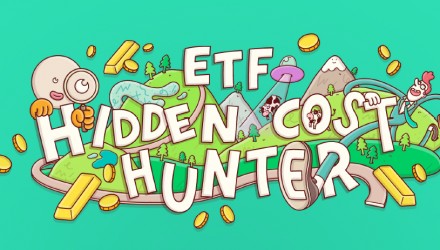When asked if he was surprised by the data, Bartolini shared a few interesting insights with ETF Trends.
First, given that creation/redemption fee has the word “fee’ in it, Bartolini said he wasn’t surprised to see so many users incorrectly select it.
“However, this underscores the need for more education on ETFs to fully realize the multitude of components and variables that go into a structure that has well over $3 trillion of assets invested in them and are in their 25th year of existence,” he said. “A creation/redemption fee is paid by the AP to cover trading costs and fee and is not a fee incurred by the end investor. Sometimes for less-seasoned or illiquid ETFs that fee may manifest itself in the bid-ask – one of the true total cost of ownership variables.”
Second, Bartolini said he was surprised by the amount of selections for price-per-share as a high-priced ETF doesn’t lead to higher costs.
“But then again with the rise of digital advice, small account portfolios over the past few years a low price per share has been a frequent after topic of conversation, as it may provide benefits to the asset allocation process as capital can be deployed similarly for small and large accounts,” he said. “We definitely considered this factor when restructuring our portfolio ETFs, they all a $30 price per share.”
Third, he said he was surprised by the low response rate of tracking error.
“Only 54% got this right,” he said. “Given that for an indexed based strategy the objective is to seek to track a benchmark, any deviation from that benchmark in terms of return differences is a “cost” borne by the investor. An ETF like SPTM is likely used by investors ‘buy’ the markets return, if it doesn’t hit that return that is a cost to a portfolio.”
Finally, he said the low response to holding period (55% right) led him to believe there is not an overwhelming appreciation the impact of rebalancing has on a portfolio.
“We see this with sectors all the time,” he said. “A sector rotation portfolio will likely be rebalanced more frequently, cutting down the holding period but amplifying the cost per exposure as the bid/ask will have to be paid on the way in and out. The more rebalancing an investor has while managing their portfolio of ETFs, the lower the bid/ask spread ETF should be chosen to keep costs low.”
The launch of the tool was to coincide with SSGA’s launch of 15 Ultra-Low-Cost Core ETFs. For more information, visit https://us.spdrs.com/en/strategies/spdr-portfolio-low-cost-etfs.
